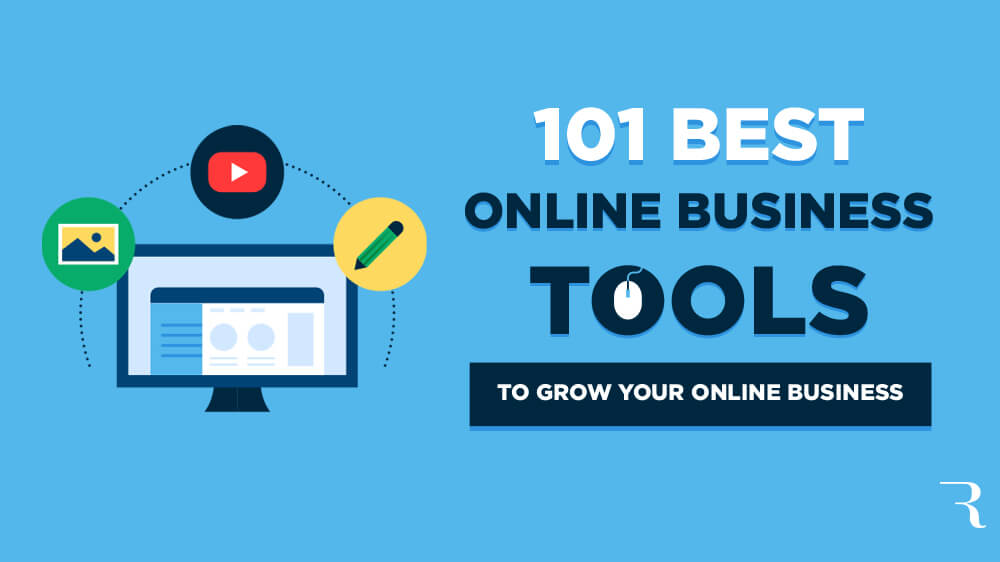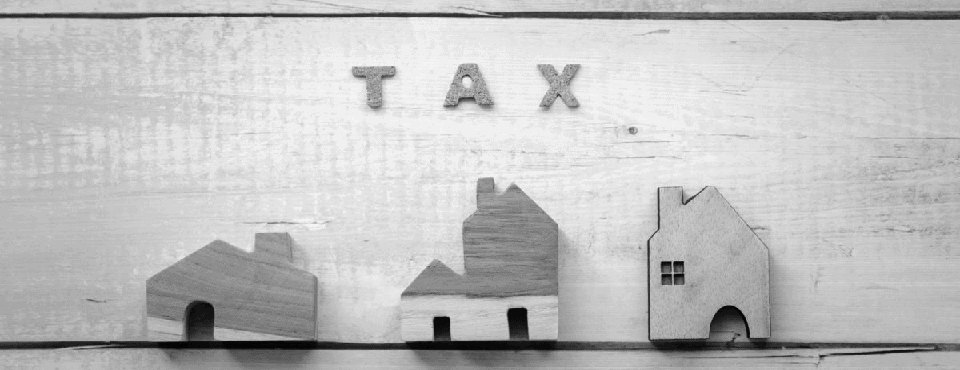I always think that I won’t like a daily routine.
Don’t hold me back, Routine! Stop trying to tie me down, Routine! I’m sorry, Routine, I just want to keep my options open, OK?
But it never takes too long before I come crawling back…. Routine, I’m sorry—I’ll never stray again! You complete me! I need you in my life! Take me back!
We need routine. It frees up brainpower, it lets us go on autopilot. Routine allows us to be more productive, more organized, and more centered. With routine, we get the space and freedom that we craved all along.
The Start of the Budget Routine
I’ve been using YNAB, a budgeting system and a way for tracking your spending for ten years now. But it wasn’t until a few years ago that I applied this hard-earned wisdom about routine to my budget. Here’s what it looked like using this budgeting app before and after:
Before/No Routine: Late nights catching up on old transactions and printing out my statements from my bank accounts to do the dreaded reconciliation = BAD.
After/Routine: Make minor updates on my daily spendings that takes no more than five minutes a day, no need to dread a ginormous catch-up = GOOD.
It was a radical transformation once I settled into my budgeting routine. I saved time, saved stress, and felt like I was more in control than ever.
Here’s how I’ve optimized my money management routine:
Daily Budget Routine (Five Minutes or Less)
- Every morning (okay, almost every morning) I open the YNAB app and my online bank app to compare balances and add any missing transactions. Usually I do this while brushing my teeth (really!), but a couple of times a week I make it official and reconcile my monthly expenses on my computer instead.
- I also check the budget for red or orange and move money to cover unexpected variable expenses, increases to fixed expenses, or just plain overspending. I make adjustments as necessary (and adjusting my zero-based budget isn’t just expected with YNAB, it’s encouraged!).
- During the day, I enter purchases on my phone as I make them. Usually.
Once-a-Week Budget Routine (About Ten Minutes)
For me, this once-a-week check of my spending habits usually happens on Sunday while I plan my week. I’m sitting on my laptop doing it while I watch TV with my family. Here’s what I do:
- Reconcile accounts: If I haven’t actually fired up my computer all week, this is when I open it up and reconcile (which means I match my budget to my bank account and make sure they match). Did I mention reconciliation is super important?
- Match credit card balance: I visually match my Credit Card payment category in my budget and the account balance to make sure that I’m still a paid-in-full credit card user (YNAB’s Underfunded Alert feature makes it easy to see if I’m on track!). Paying in full means I pretty much just use my credit card like a debit card and never carry a balance month to month—this is an underrated habit if you want to save money.
- Check in with my priorities: Do my categories and targets accurately reflect my focus for the current month? If not, I’ll edit (or even snooze!) a target or adjust my category structure. We love a flexible, customizable budget template!
- Clear out transactions: I look at all my accounts in my budget and sort by cleared—I investigate any uncleared transactions that are older than a few days.
- Do I need to deposit any outstanding checks?
- Are there duplicates that need to be deleted?
Once a Month Budget Routine (About 20 Minutes)
I have a calendar item that repeats monthly on my calendar app to do this monthly check. I’ll start thinking about it naturally toward the end of the month when I’m wondering what I can buy next month and how I’m tracking on my financial goals. It often gets shuffled around to fall on the weekend before the month rolls over or when I get paid, but sometimes I get behind and it waits until a few days into the month. Here’s what I do:
- Check my Next Month’s Money Category: We’re living a month ahead with our money, and I use a holding category in the current month that houses all money earned that month. I do a quick check against my checking account to make sure all the paychecks that month are accounted for.
- Budget the money for next month: My favorite day of the budgeting month! I act like my own little financial advisor, but instead of trying to decide what I want my money to be doing decades from now, I’m honing in on what I want my money to do for this month. Money I earned this month moves from my Next Month’s Money category to the Ready to Assign, click forward to next month, and then budget all of next month. I use the Auto Assign buttons with some manual adjustments to fund my targets, keeping in mind any special events or purchases I’m planning next month.

- Tracking Accounts: I reconcile investment accounts to the current balance and check out my Net Worth report. Usually I’m trying to meet an annual Net Worth goal, so this is when I celebrate progress toward that goal!
- Then just lather, rinse, and repeat!
What is budgeting? Learn everything you need to know in our comprehensive guide.
Making Your Budget Routine Stick
It’s worth mentioning, that part of the reason I’m able to budget so quickly is that, over the years using YNAB, I’ve simplified my accounts so they no longer feel overwhelming and unwieldy.
Simplifying means having fewer accounts and fewer pieces in the air—which means reconciliation goes much faster. I never have extra transfer transactions to worry about, and my daily routine takes less than five minutes.
Another thing that has helped tremendously is YNAB’s Rule Four: Age Your Money. Aging your money means that all your income this month just sits around until the end of the month (or even longer!) so you can budget only once a month. It took me a while to get there—but, boy was it ever worth it!
The biggest hurdle is making the routine…well…routine. To help a shiny new habit like this stick, set an alarm for the daily check and calendar events for the weekly and monthly checks.
Before long you’ll be doing your budget routine with your eyes closed. Well, wait, no, we wouldn’t recommend the eyes closed piece. Keep your eyes open for that one. Happy budgeting!
Still using pen and paper for your money management? Create a budget with YNAB and you’ll have an organized and convenient setup to make your budgeting habit more likely to stick!
Publisher: Source link













